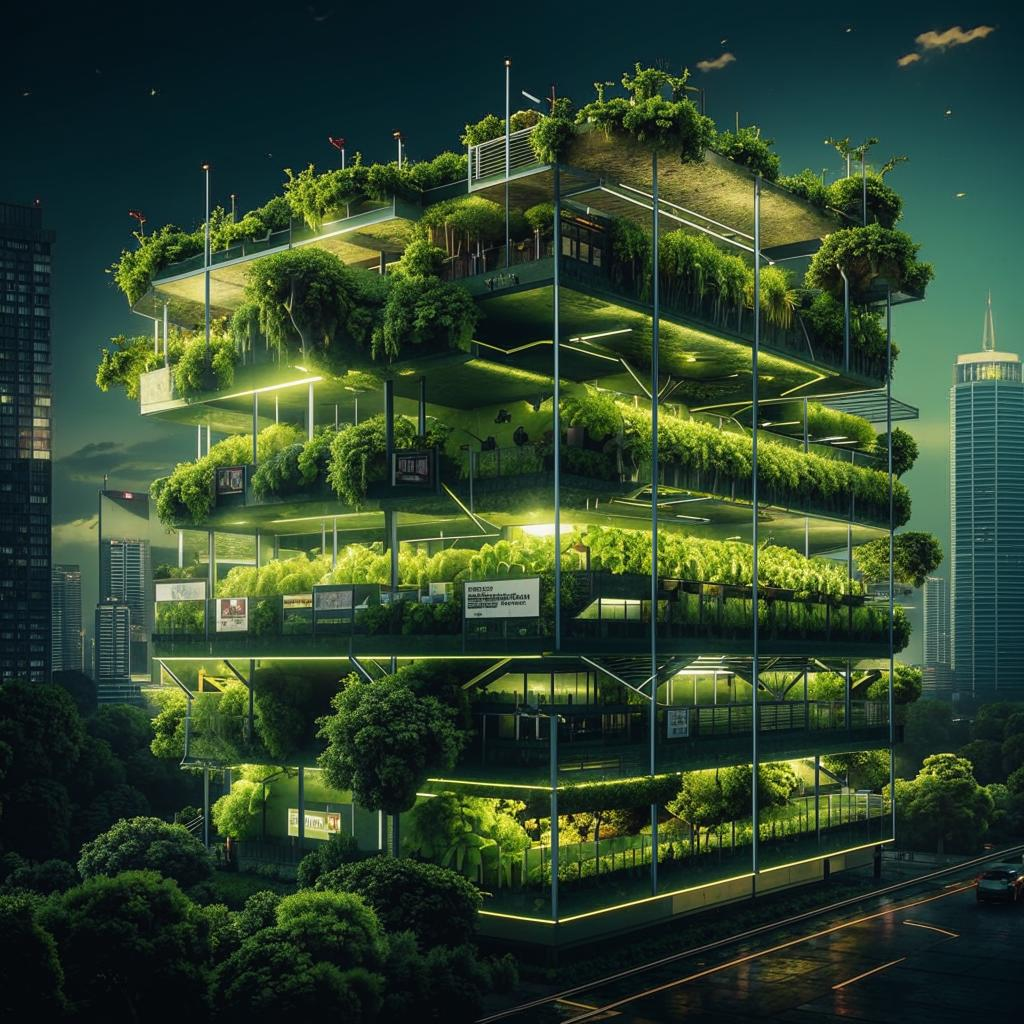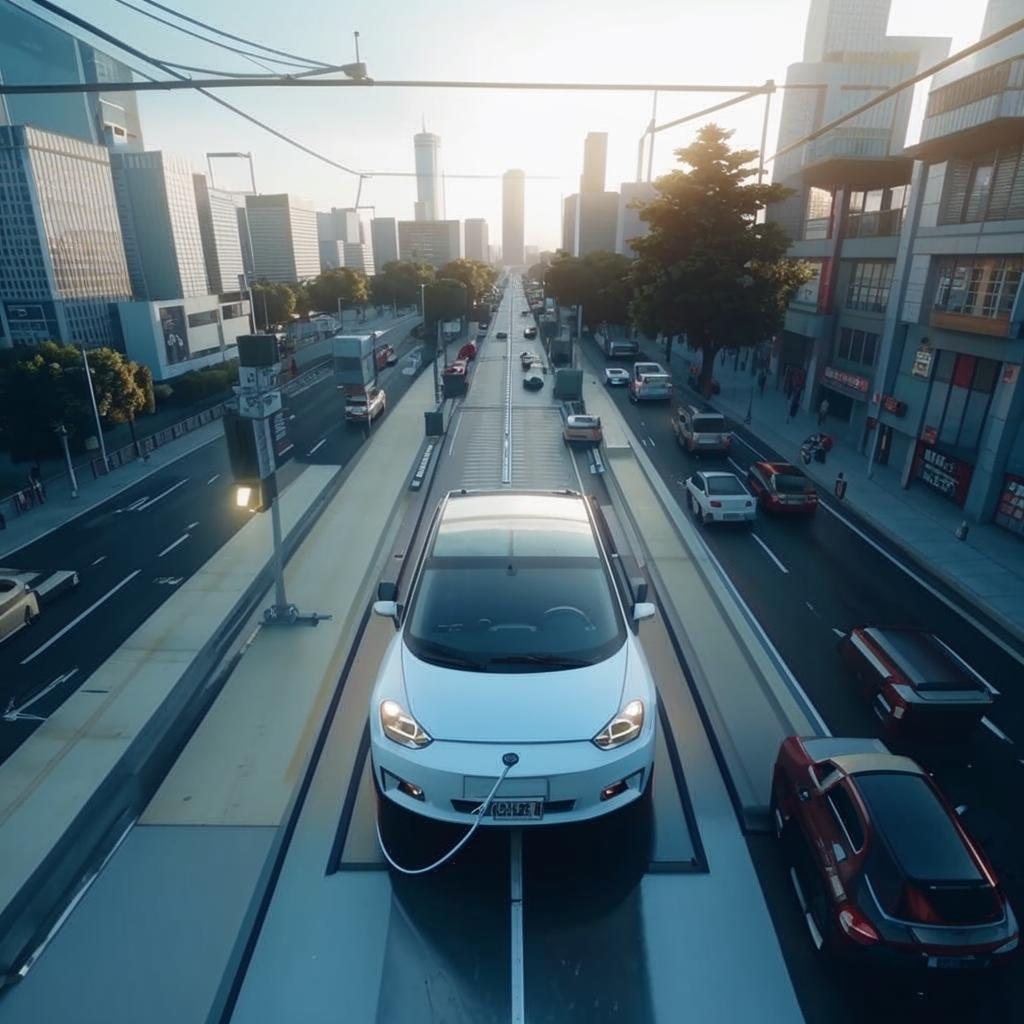Vertical farming is experiencing a surge in popularity, fueled by technological advancements and increasing investment. Despite the high initial costs, these indoor farms are blooming across the globe, offering a potential solution to food security challenges.
Vertical farms, which grow crops in stacked layers within climate-controlled environments, are attracting significant attention from investors and entrepreneurs. These facilities use advanced technologies like LED lighting, hydroponics, and aeroponics to optimize growing conditions and maximize yields. This controlled environment minimizes the need for pesticides and herbicides, resulting in healthier crops.
While the upfront investment for vertical farms can be substantial, the potential benefits are driving growth. These farms offer year-round production, regardless of weather conditions, and can be located in urban areas, reducing transportation costs and improving access to fresh produce. Moreover, vertical farms use significantly less water compared to traditional agriculture, making them a more sustainable option in water-scarce regions.
The industry faces challenges, including high energy consumption and the need for skilled labor. However, ongoing research and development are focused on reducing energy costs and automating processes. As technology continues to improve and the demand for sustainable food sources grows, vertical farming is poised to play a key role in shaping the future of agriculture. Vertical farms are becoming more innovative to lower energy costs. Government support is vital to reduce costs. Finishtit















